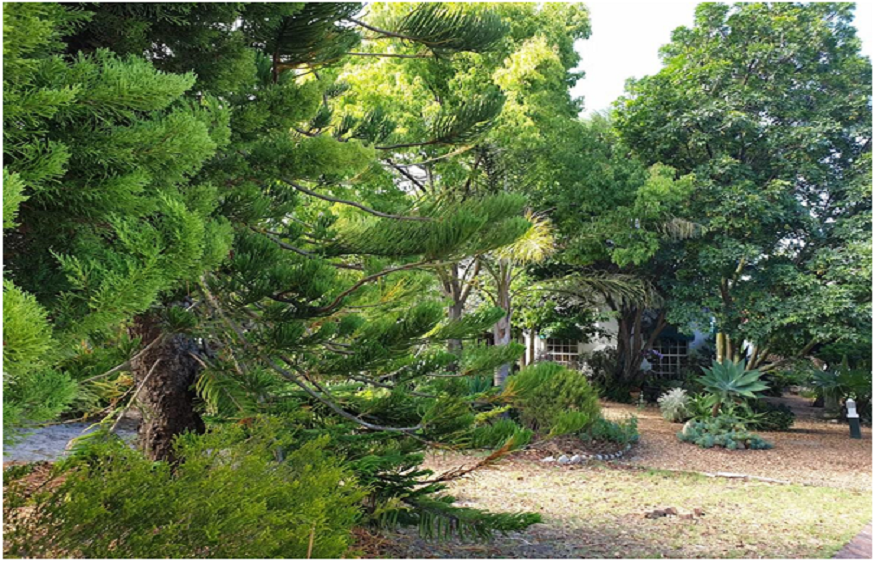Overgrown trees can quickly turn a well-kept garden into a tangled, unbalanced mess. While mature trees add beauty, shade, and value to your property, unmanaged growth can obstruct sunlight, damage property, and pose safety risks. Managing your trees properly not only enhances the landscape’s visual appeal but also promotes healthier growth.
Here are five tips to keep your trees under control while maintaining a stunning outdoor space.
1.Regularly Monitor Tree Growth and Structure
The first step to managing overgrowing trees is to routinely inspect their growth and structural health. Look for uneven canopies, low-hanging branches, dead limbs, or signs of disease. These issues can lead to further complications such as obstructed walkways, damage to nearby structures, or falling branches during storms.
Keeping an eye on the direction and speed of growth helps you intervene early, making it easier to shape the tree and avoid costly repairs later.
2.Invest in a Professional Tree Trimming Service
Tree trimming is essential to control the shape, size, and health of your trees. A professional tree trimming service ensures precise cuts that encourage balanced growth and remove weak, dead, or hazardous limbs without harming the tree. Trimming also improves air circulation and allows more sunlight to reach the lower parts of your garden.
Experts know the right seasons and techniques for trimming different tree species, which can make all the difference between a lush, thriving landscape and a patchy, unhealthy one.
3.Consider Tree Removal Service When Necessary
Sometimes, trimming and pruning aren’t enough. If a tree is diseased, severely damaged, or dangerously close to structures or power lines, removal might be the safest option. A professional tree removal service can safely fell and remove the tree without harming surrounding plants or structures.
Attempting this yourself can be risky and may lead to property damage or personal injury. While it’s a difficult decision to make, removing one problematic tree can protect your home and make room for healthier landscaping options.
4.Mulch and Fertilize to Encourage Healthy Growth
Healthy trees are easier to manage and less likely to grow wildly out of control. Apply organic mulch around the base of the tree to retain soil moisture, regulate temperature, and prevent weeds. Pair this with appropriate fertilization based on your soil’s nutrient content.
A well-nourished tree grows in a more balanced and predictable manner, reducing the need for constant intervention. Just be careful not to over-fertilize, as it can cause rapid, uncontrollable growth.
5.Prune Young Trees for Long-Term Structure
The best time to influence a tree’s shape is during its early years. Pruning young trees helps establish a strong central leader and evenly spaced branches. This structural training reduces the likelihood of future hazards and makes the tree easier to maintain as it matures.
Use clean, sharp tools and remove only necessary branches to avoid shocking the tree. Proper early care ensures your landscape stays neat and manageable as your trees grow.
By implementing these tips, you can maintain a beautiful, balanced landscape where trees enhance rather than overwhelm your outdoor space.



